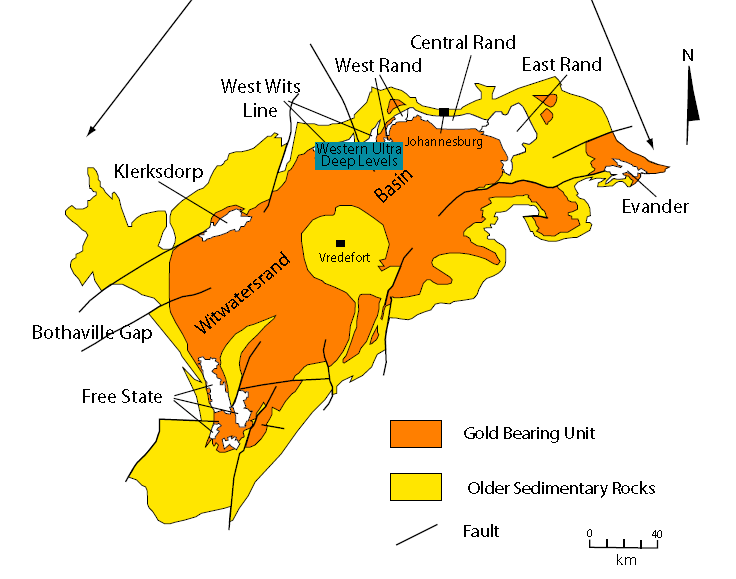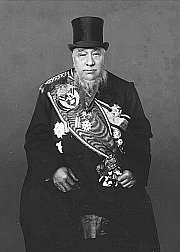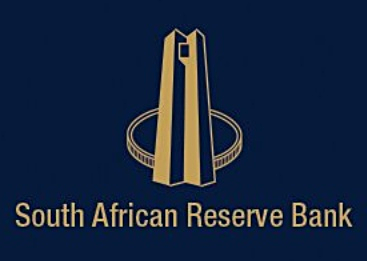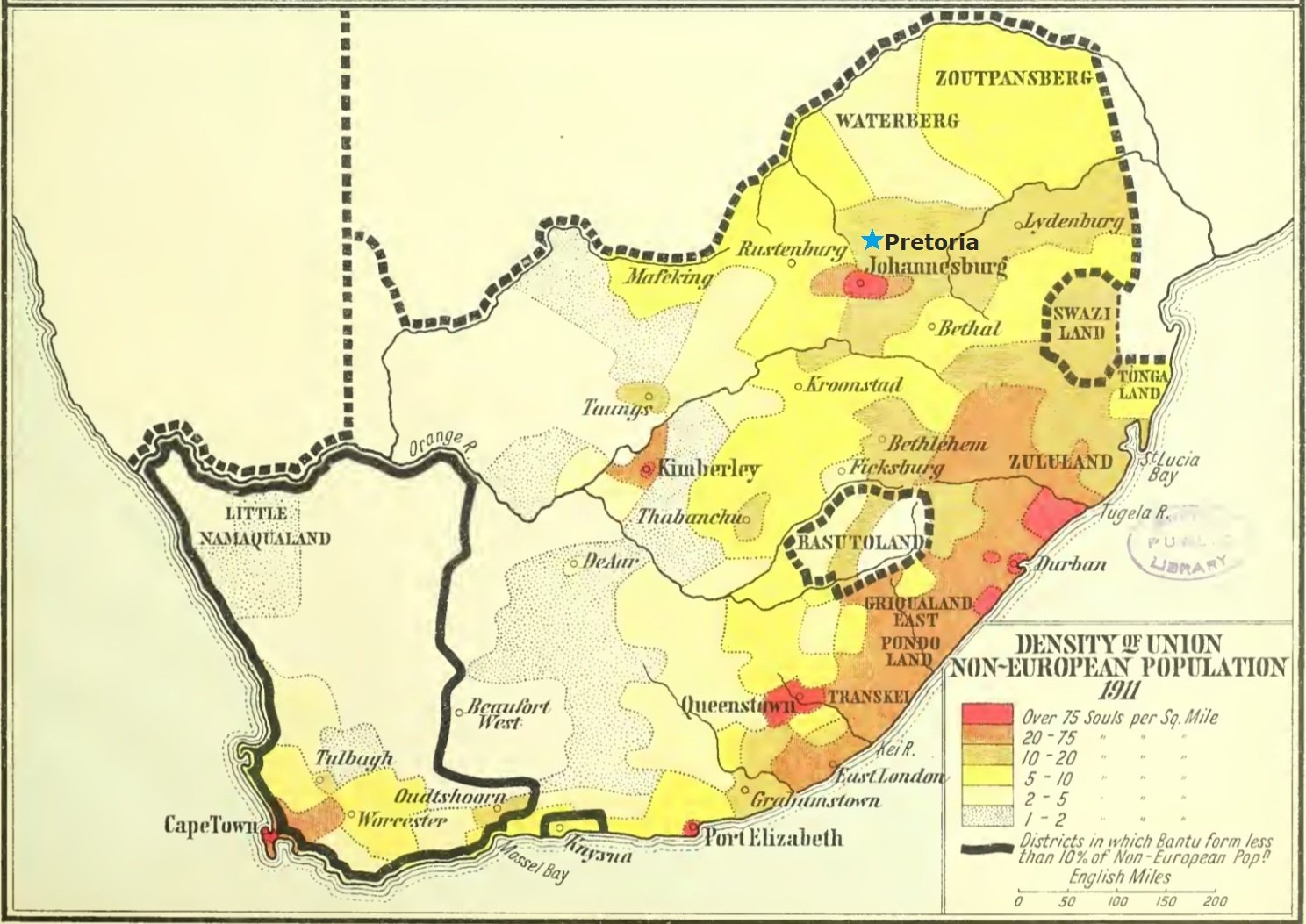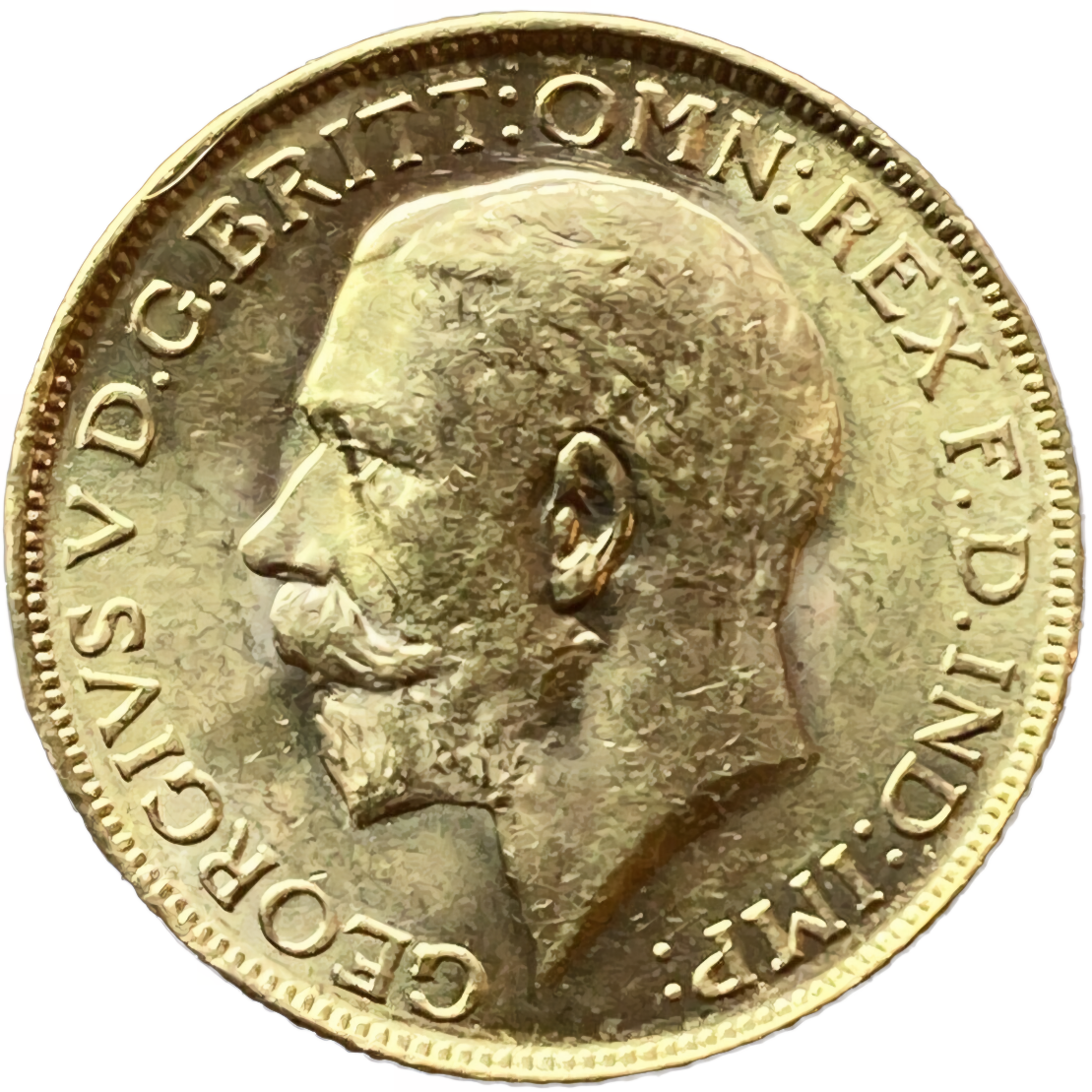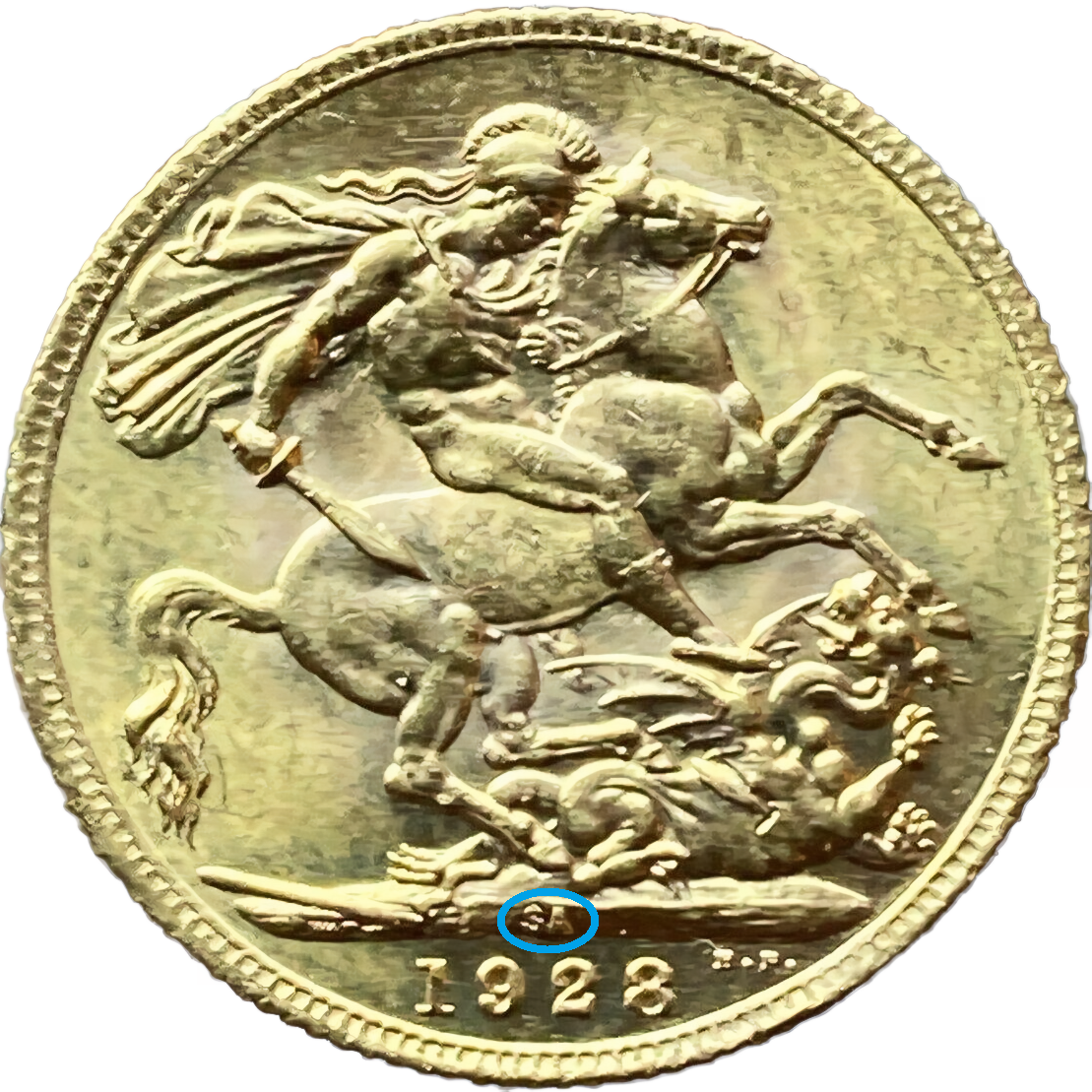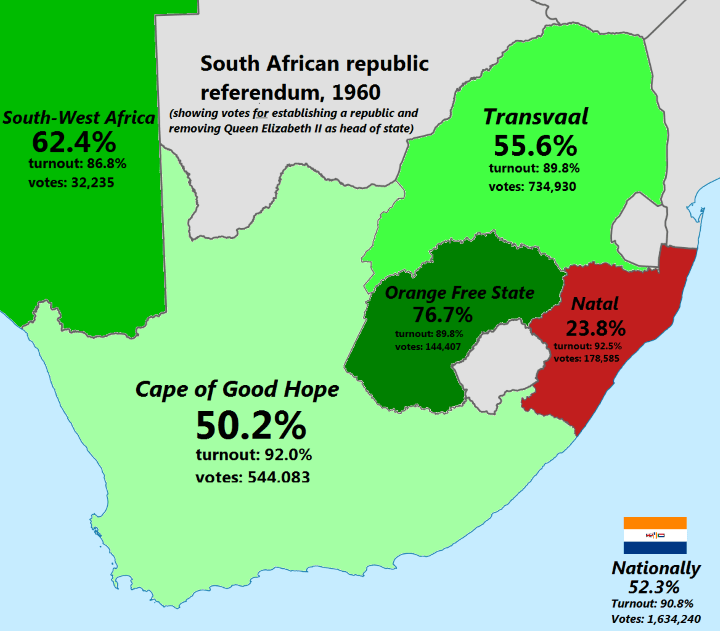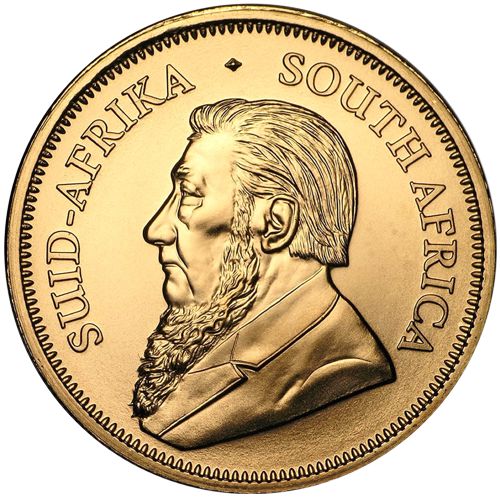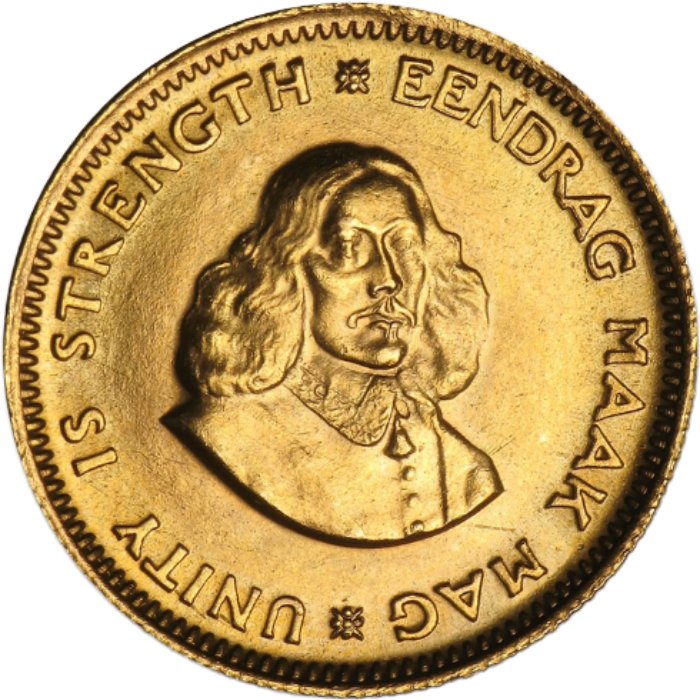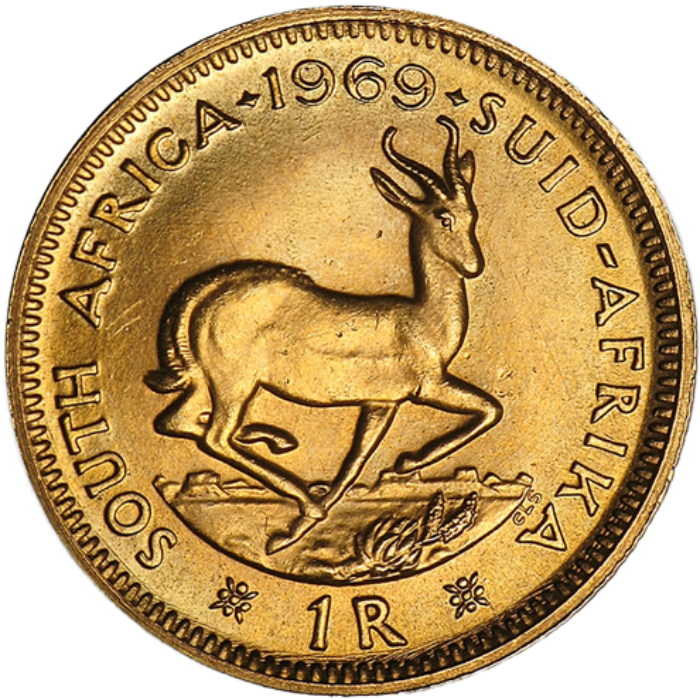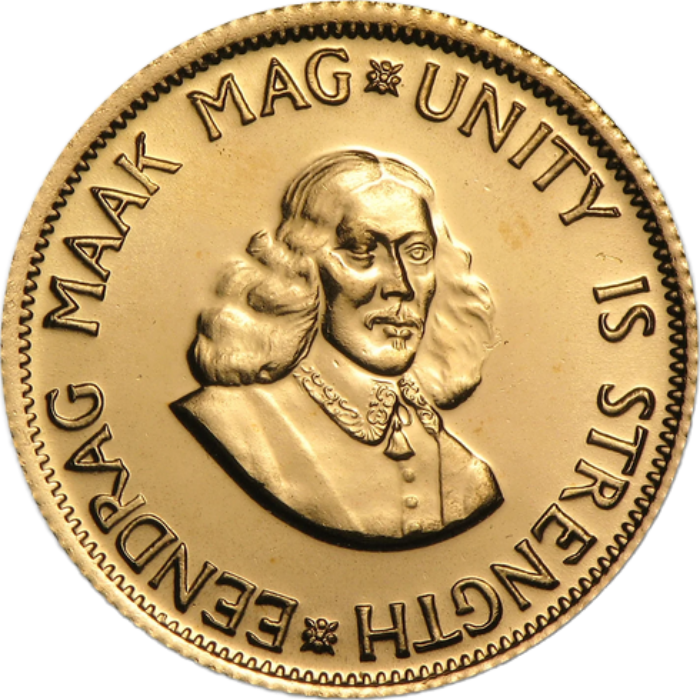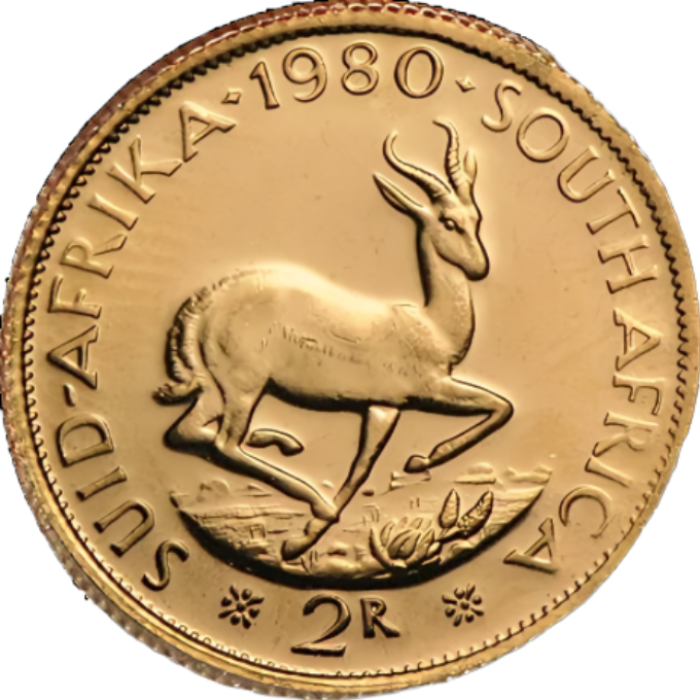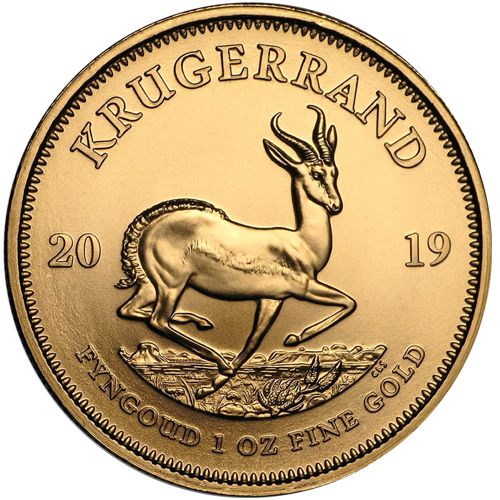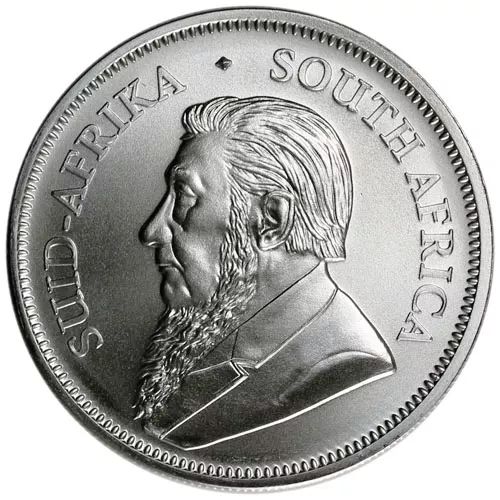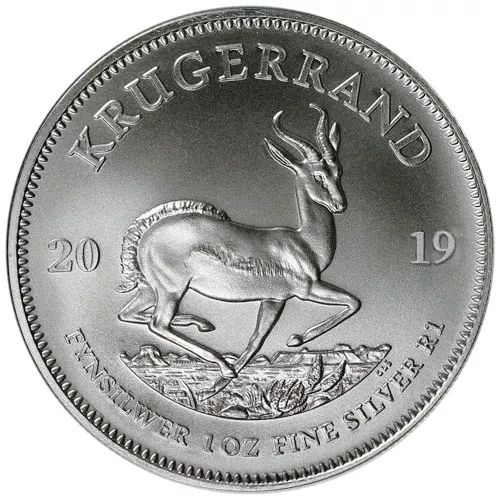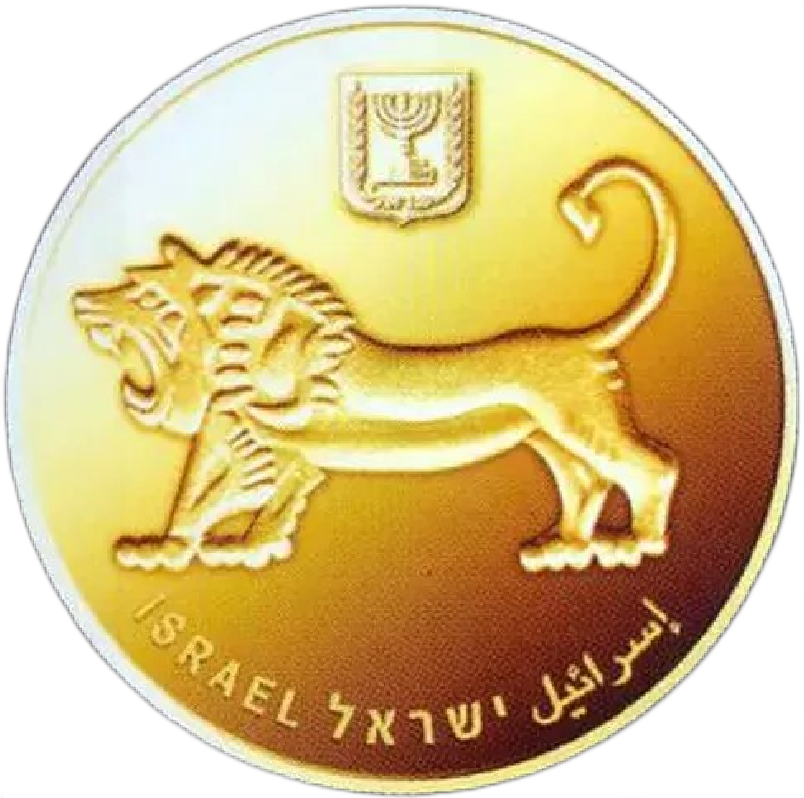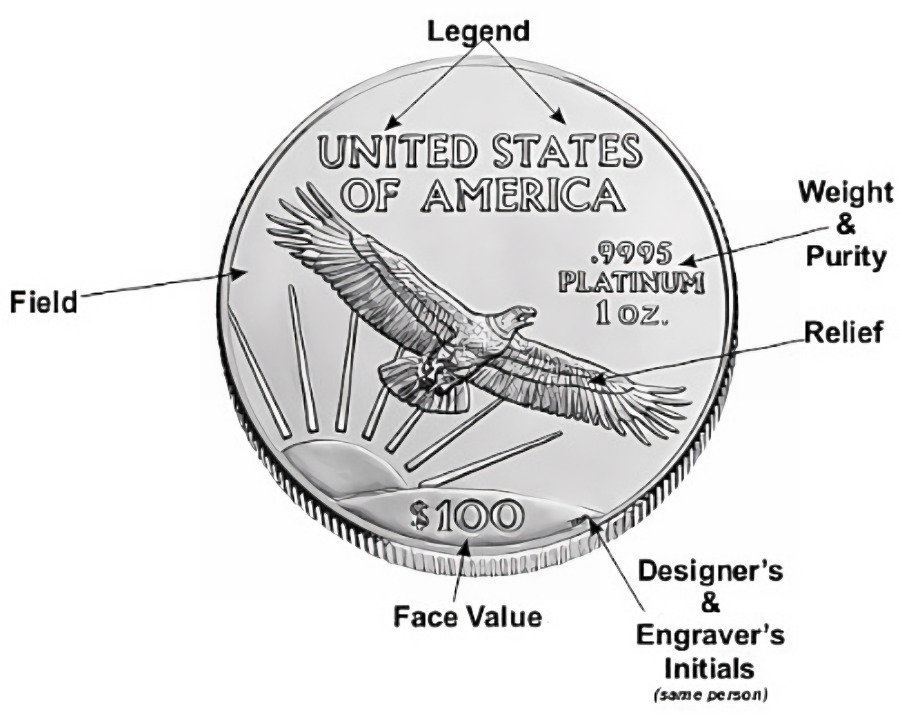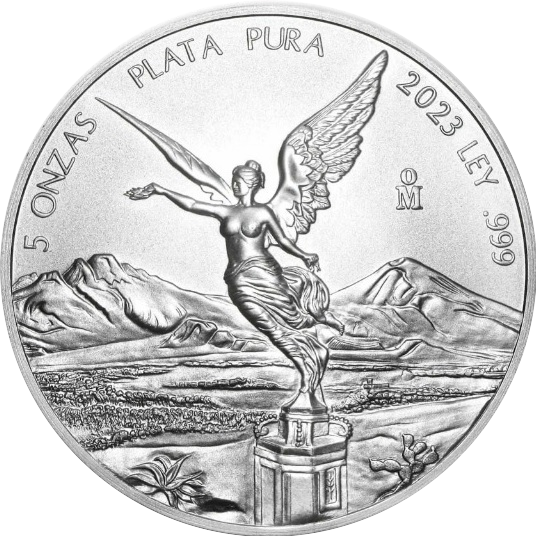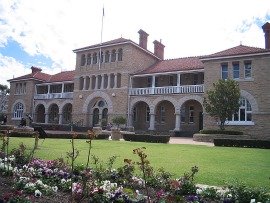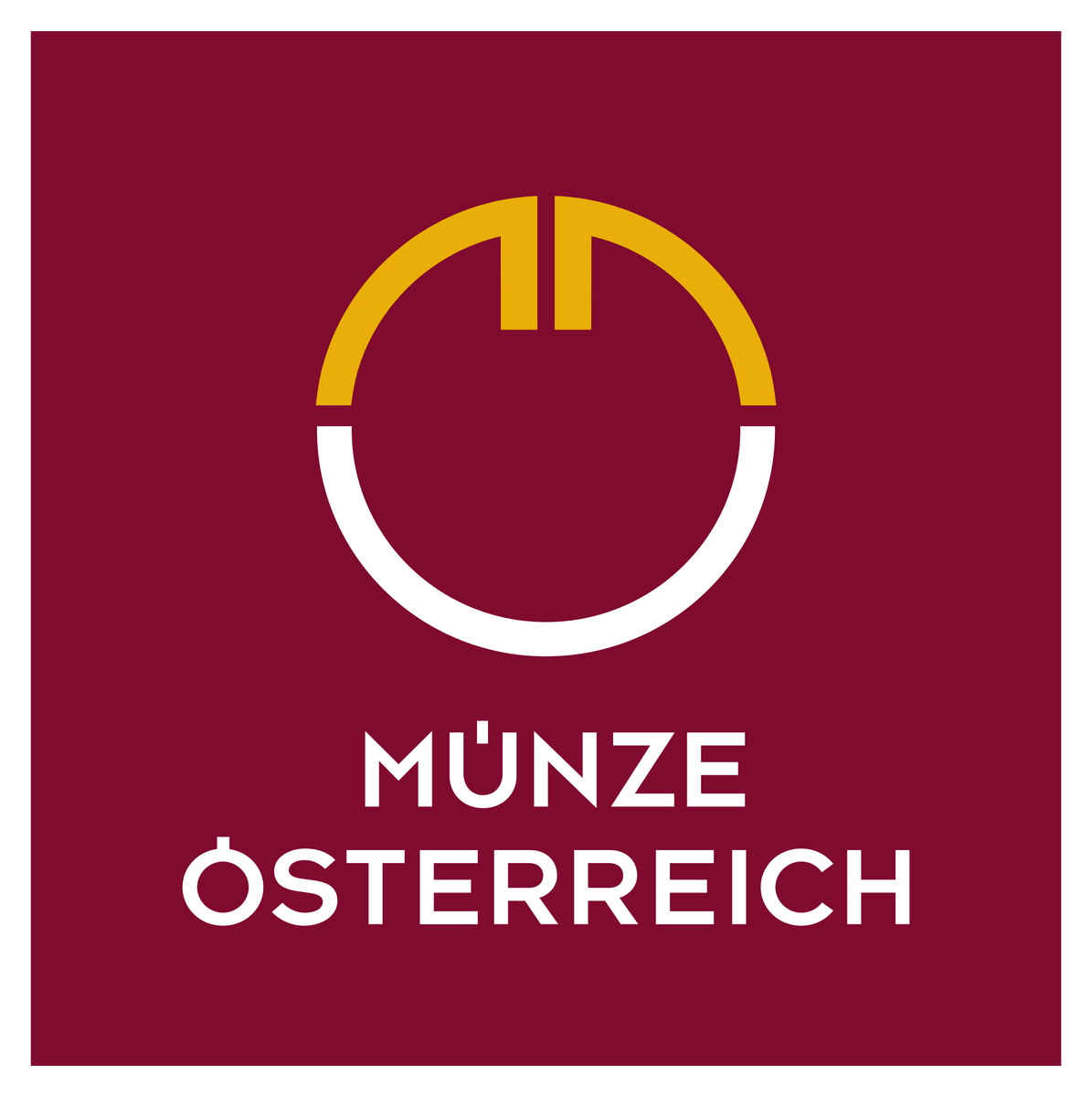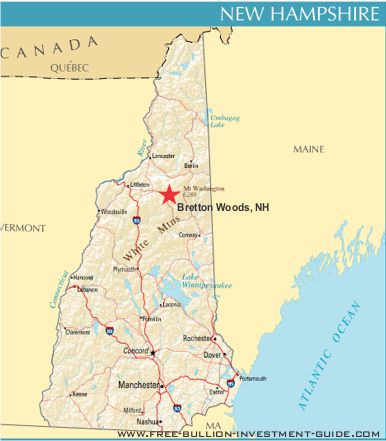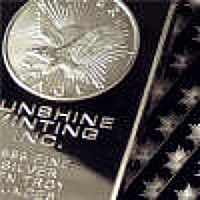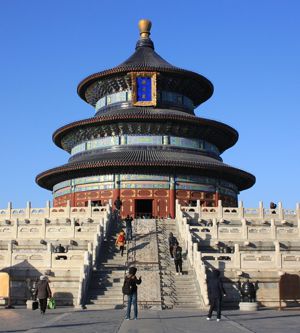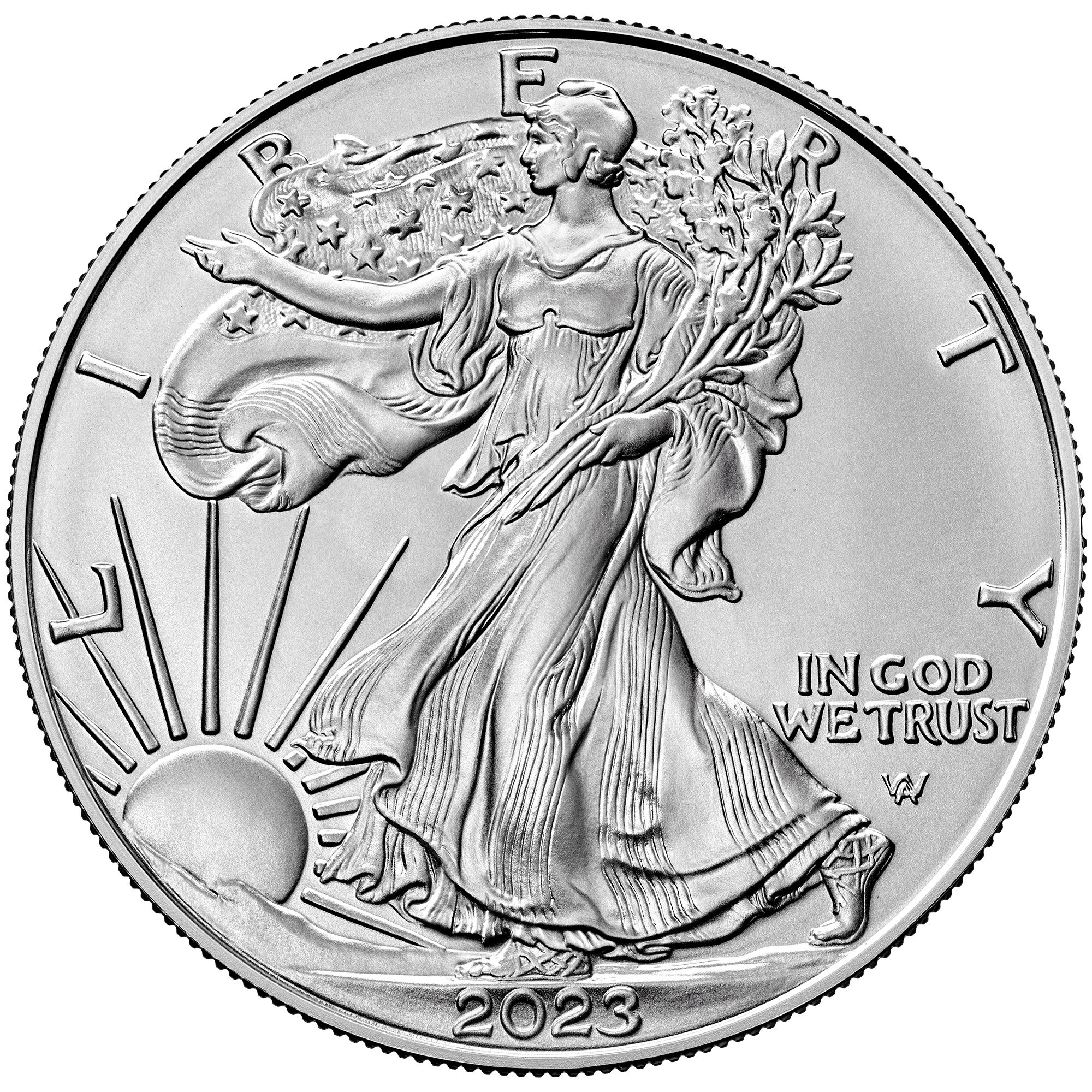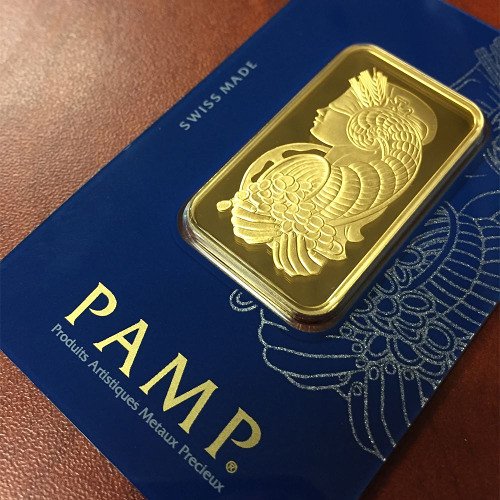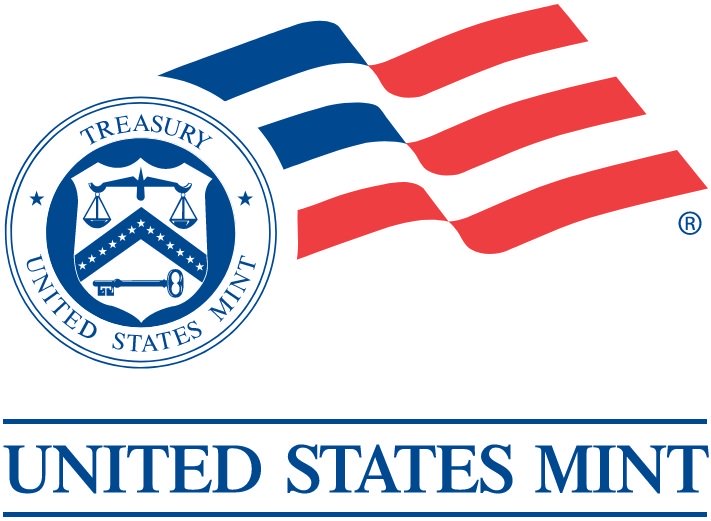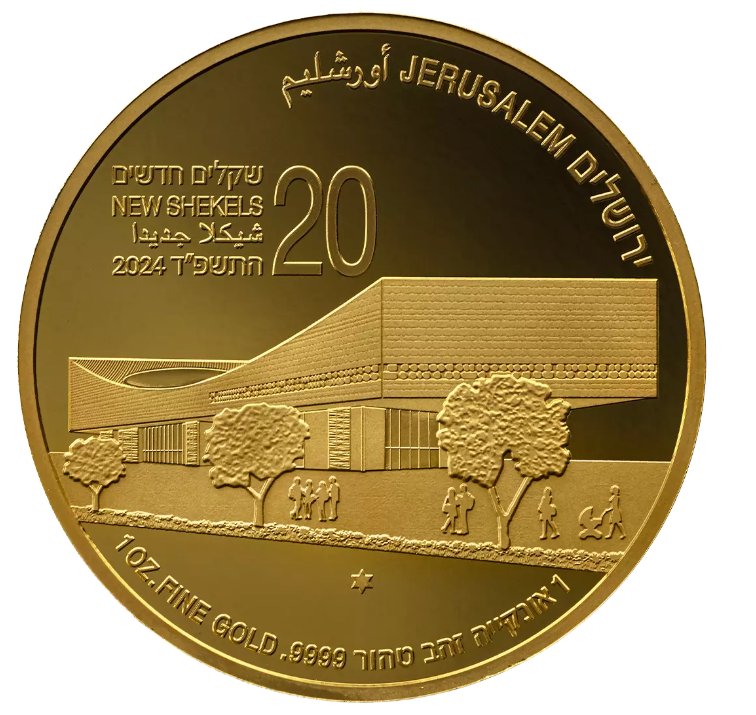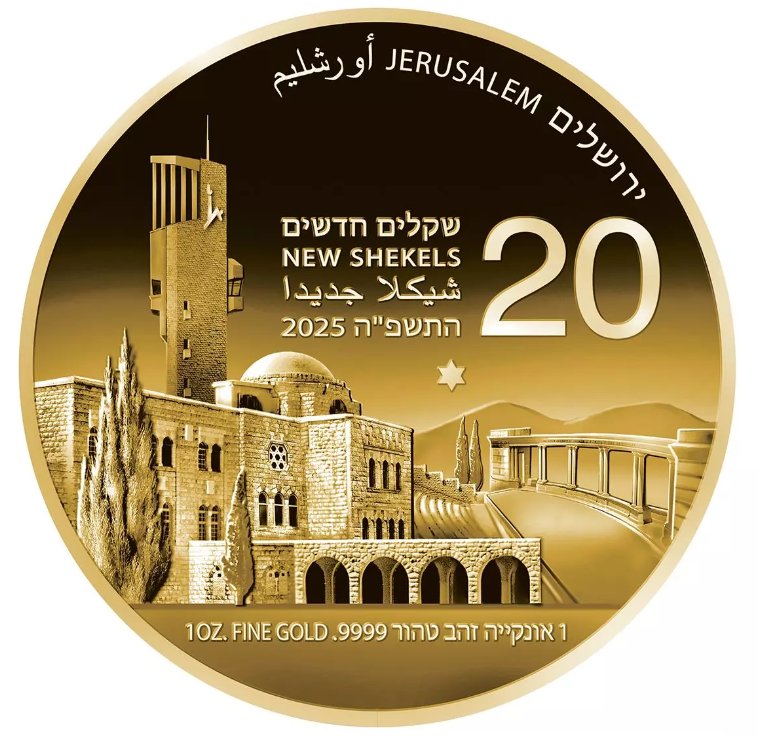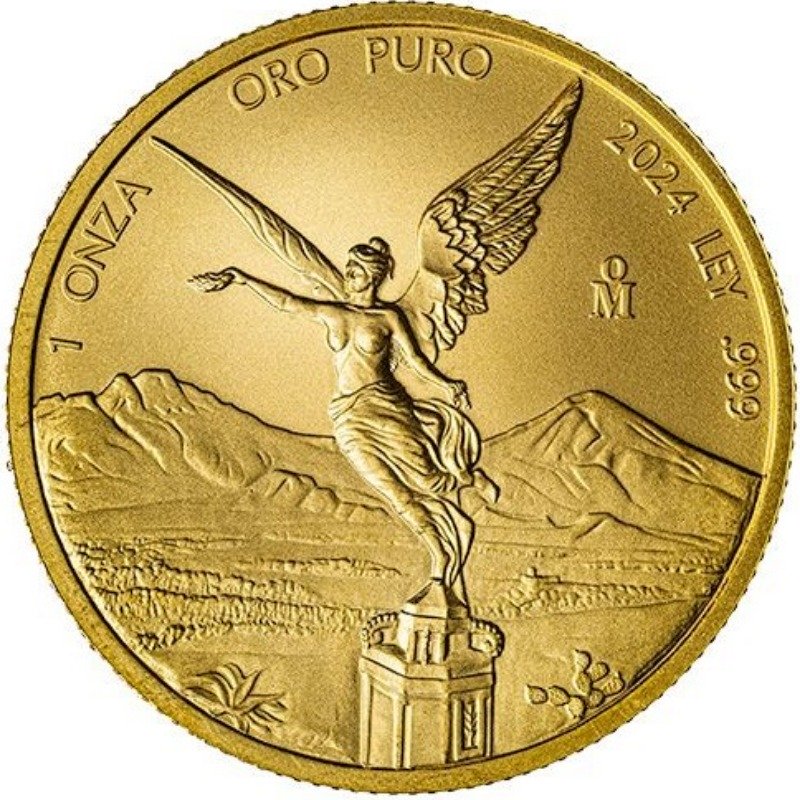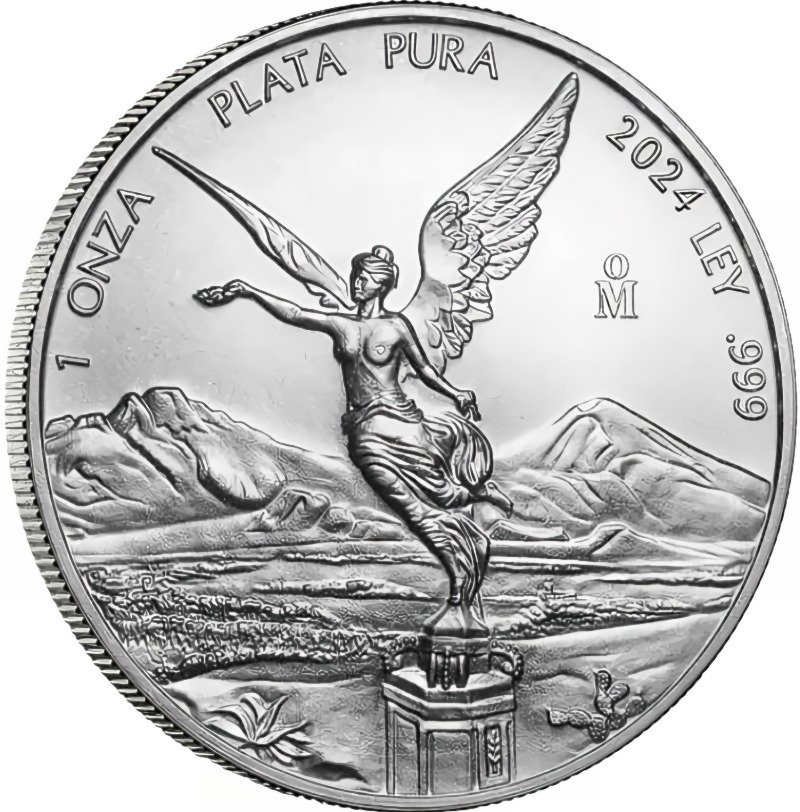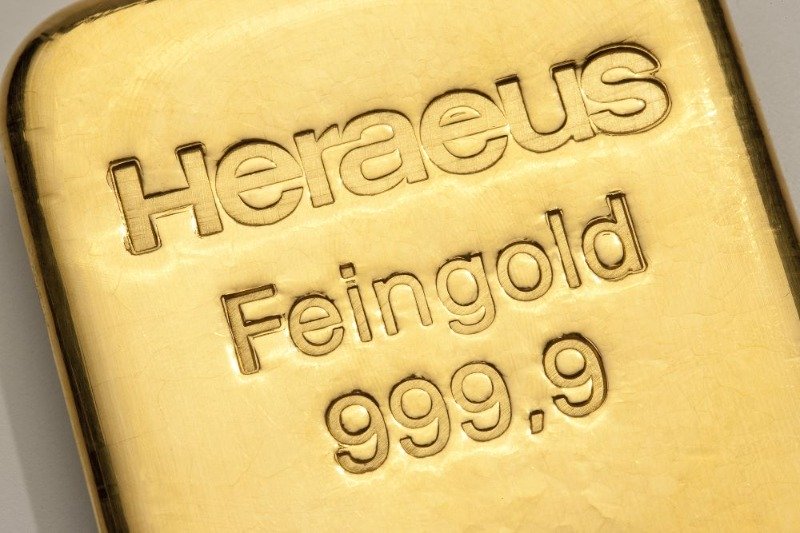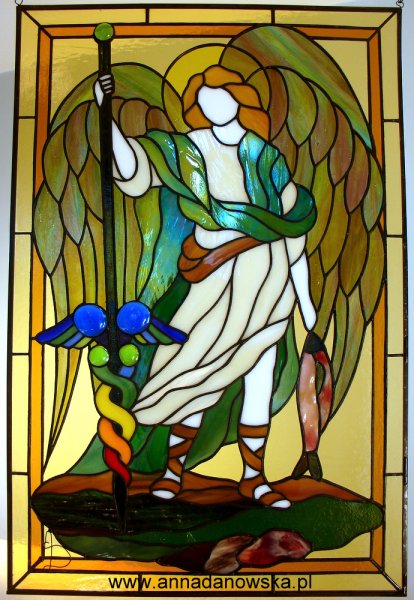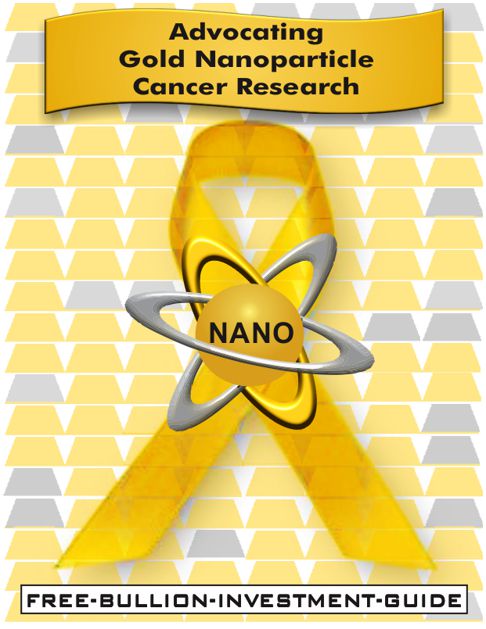Homepage / Bullion Coins: S. African Bullion
Last Updated on 05/26/2025
South African Mint and
South African Bullion
South Africa's Founding
In 1652, the Dutch established the first European settlement at Table Bay, near what is now Cape Town, South Africa. Prior to the discovery of diamonds and gold in South Africa, the region experienced significant and ongoing conflict between the Dutch (known as Boers, or farmers), Great Britain, and various African kingdoms, including the Zulu Kingdom.
Following the discovery of diamonds in 1867 and gold in the 1880s, the country began to experience rapid economic growth and an increase in population. For many years after gold was discovered, South Africa led the world in gold production until 2006.
See this short video to see South Africa's dominance in gold production from 1974 - 2006.
History of Gold and Bullion in
South African
The South African Mint was established over a century ago and has undergone significant changes throughout its history.
It began as a national mint, then it temporarily closed during British rule, and reopened as a branch of the Royal Mint of the British Empire. Today, it operates as an independent and privatized mint, and the following paragraphs will inform you as to how this all came about.
Finding Gold in South Africa
Gold mining has significantly contributed to South Africa's growth since gold was discovered in the 1880s, generating substantial income and attracting considerable foreign investments.
Prior to the 1880s, South Africa had only a few gold discoveries. All that changed when gold was discovered in 1886 on a small group of farms known as Langlaagte, located just outside Johannesburg. This marked the beginning of the gold rush in the Witwatersrand Basin.
After gold was discovered in South Africa, President Paul Kruger decided to establish a national mint.
The First South Africa Mint opens
(1890 - 1900)
When gold was discovered, South African President Paul Kruger (1825-1904) decided to create a currency for the country and establish a national mint.
The mint was established in 1890 and opened on July 6th, 1892. It was built on the northwest corner of Church Square in Pretoria, and Paul Kruger placed its cornerstone. Pretoria is the administrative capital of South Africa.
After the Second Boer War ended in 1902 (Boer is Dutch for farmer), South Africa was annexed into the British Empire and became a Transvaal Colony and part of the British Commonwealth. As a result, South Africa's mint was closed, and the pound sterling was established as the legal tender for the new colony.
Gold Conference of October 1919
Establishment of the
South African Reserve Bank
Prior to the founding of the South African bank, commercial banks in South Africa could create their own banknotes that were backed by gold.
However, due to Great Britain's war debt from World War I (1914-1918), abnormal currency conditions created an imbalance: South Africa's currency was stronger than Great Britain's, which caused the price of gold to be worth more in Britain than in South Africa.
The conversion of banknotes into gold in South Africa led to losses for South African banks, as these transactions were conducted under the British Empire. Each time the banks purchased gold from London and imported it back to South Africa, they incurred financial losses.
The financial losses prompted South African banks to seek government assistance, resulting in the Gold Conference of October 1919. This conference led to the establishment of the South African Reserve Bank, which officially opened on April 19, 1922.
In 1989, the South African Reserve Bank Act 90 of 1989 was signed into law and stated the South African Reserve Bank (SARB) adopted its first formal mission statement.
The statement outlined the organization's goal of preserving both the internal and external value of the Rand, an objective that was later incorporated into the country's Constitution.
The Rand Refinery
During the early stages of South African gold mining, low-grade bullion was sent to London for refining.
The idea of a local refinery was initially considered for several years before the first positive step was taken in 1909, which marked the beginning of the Rand Refinery's founding when the Transvaal Chamber of Mines established the Witwatersrand Co-operative Smelting Works.
The Rand Refinery was founded by the Chamber of Mines to refine gold from South African mines, eliminating the need to send it to London.
In August 1920, construction of the facilities began. The Rand Refinery was built in Germiston, South Africa, ten miles east of Johannesburg, because of its rail infrastructure and its close proximity to the Witwatersrand gold fields.
On November 27, 1920, Rand Refinery Ltd was incorporated as a private company, with capital raised from shares of gold mining companies that were members of the Chamber of Mines.
By December 1921, construction on the Rand Refinery was complete. The refinery originally had a capacity of 12 million troy ounces of fine gold per annum; however, its capacity was met in ten years, and since then the Rand Refinery's facilities have increased considerably.
The refinery's principal functions are to refine bullion and recover precious metals from by-product materials received from member gold mines and to sell the refined precious metals to the South African Reserve Bank, which credits the mines accordingly.
The Rand Refinery also produces gold and silver blanks for the South African Mint to mint Krugerrands and its sub-denominated bullion coins.
The Pretoria Mint Act of 1919
A Branch of the
Royal Mint Opens in Pretoria
The Pretoria Mint Act of 1919 authorized the British to establish a branch of the Royal Mint in Pretoria, South Africa.
The mint was built on the corner of Visagie and Bosman Street; it opened on the 1st of January, 1923, and began to produce the Gold Sovereign.
The South African Branch of the Royal Mint produced £83,114,575 worth of gold sovereigns during its lifetime. The Royal Mint in South Africa was the last branch established abroad.
South African Sovereign Gold Coins
1923-1932
The British Gold Sovereign bullion coin was first minted in 1489; it is similar in size to the U.S. nickel and contains 0.2354 troy ounces of gold. Since 1526, Gold Sovereigns have contained 22-karat gold, 91.667% gold, and 8.33% copper, which is also known as Crown gold.
The inaugural year of the South African Gold Sovereign bullion coin series, 1923, saw the production of less than 1,000 pieces, making them extremely collectible. The official mintage for the 1923 South African Gold Sovereign number is in dispute; the following numbers have been given for this bullion coin: 719, 460, 423, and 406.
The 1924 Gold Sovereigns also had fewer than 3,000 coins minted, which made them carry higher premiums than later years.
Gold Sovereigns struck at the Royal Mint's branch in South Africa have an "SA" mint mark; the mint mark can be found on the ground above the "year of issue." (click images to enlarge)
The Royal Mint branch in South Africa ceased issuing its Sovereign coins in 1932, but it wasn’t until South Africa severed ties with Great Britain in 1941.
Royal Mint Branch closes
South African Mint opens
South Africa cut relations with Britain in the early 1940s; the result was the closure of the Royal Mint's branch in Pretoria, South Africa, on June 30, 1941.
The next day, on July 1, 1941, the South African Mint opened its doors; however, British currency was still used in the country until South Africa became a republic in 1961.
A New Republic
On October 5, 1960, South Africa, under apartheid, became a republic after the narrow passage of the 1960 South African Republic Referendum, which led to their unilateral withdrawal from the British Commonwealth. The flag in the bottom right of the map is the flag of South Africa from 1928 through 1994.
On May 31, 1961, the Republic of South Africa was proclaimed. That same year, the British decimal coin system was discontinued in South Africa, and a new monetary system was introduced, comprising denominations ranging from half a cent to R2.
The half-pound became the R1 (1-Rand) coin, which replaced the half-sovereign, and the R2 (2-Rand) coin replaced the Gold Sovereign.
The design of the 1-Rand and 2-Rand gold bullion coins were the precursor to the Gold Krugerrand and their designs are extremely similar.
The difference is seen in the obverse side: the 1 & 2 Rand gold bullion coins feature Jan van Riebeeck, whereas the Krugerrand features President Paul Kruger.
The reverse of the Rand
gold
bullion coins features the well-known springbok illustration designed by Coert Steynberg, which also appears on the reverse of the Gold Krugerrand. The last R1 and R2 gold coins were minted in 1983.
The rand gold coins matched the specifications of the British half-sovereign and sovereign, including the gold alloy with a fineness of 22 carats (91.67%—known as "Crown gold"). (click images to enlarge)
Privatizing the South African Mint
In the late 1980s, the South African Government began to deregulating state activities, leading to the privatization of the South African Mint.
Under the South African Reserve Bank Act 90 of 1989, the South African Reserve Bank became the only shareholder of the South African Mint Company (Pty) Ltd., which made it a wholly owned subsidiary of the bank.
The South African Reserve Bank directs the South African Mint to manufacture coins, including South African Bullion.
The South African Mint's New Location
Due to the privatization of the South African Mint, its previous location in Pretoria was considered inadequate for future demand, prompting the need to relocate it.
The new South African Mint was built south of Pretoria in a town called Centurion, in the Gauteng Province. It was completed in 1990 and officially opened in October of 1992.
The South African Mint produces all of South Africa's circulated, collector, and bullion coins. It uses state-of-the-art technologies to mint all its coins and for its international customers.
The Mint's primary bullion brand is the Krugerrand, which is recognized as the world’s first and most widely traded bullion coin.
Gold Krugerrand
South African Bullion Coins
Krugerrand Gold Bullion Coin -
1oz. & Fractional Bullion Coins
Silver Krugerrand
South African Bullion Coin
1oz. Krugerrand Silver Bullion Coin
The Royal Mint (UK) Delivery Rates • 4.8 star - Customer Reviews
Other Pages you may like....
|
|
|
|
|
|
South African Bullion
For the Best Bullion Market News...
Notice:
The charts, commentary, and information on the Free-Bullion-Investment-Guide.com are not meant to encourage you to invest or divest in any particular way.
|
Support this Guide & Paypal Thank You for Your Support |
|
|
 | |||||

This website is best viewed on a desktop computer.
Keep this Guide Online
& Paypal
Thank You for
Your Support
with Feedly
Search the Guide
| search engine by freefind | advanced |
Premium Canadian Bullion
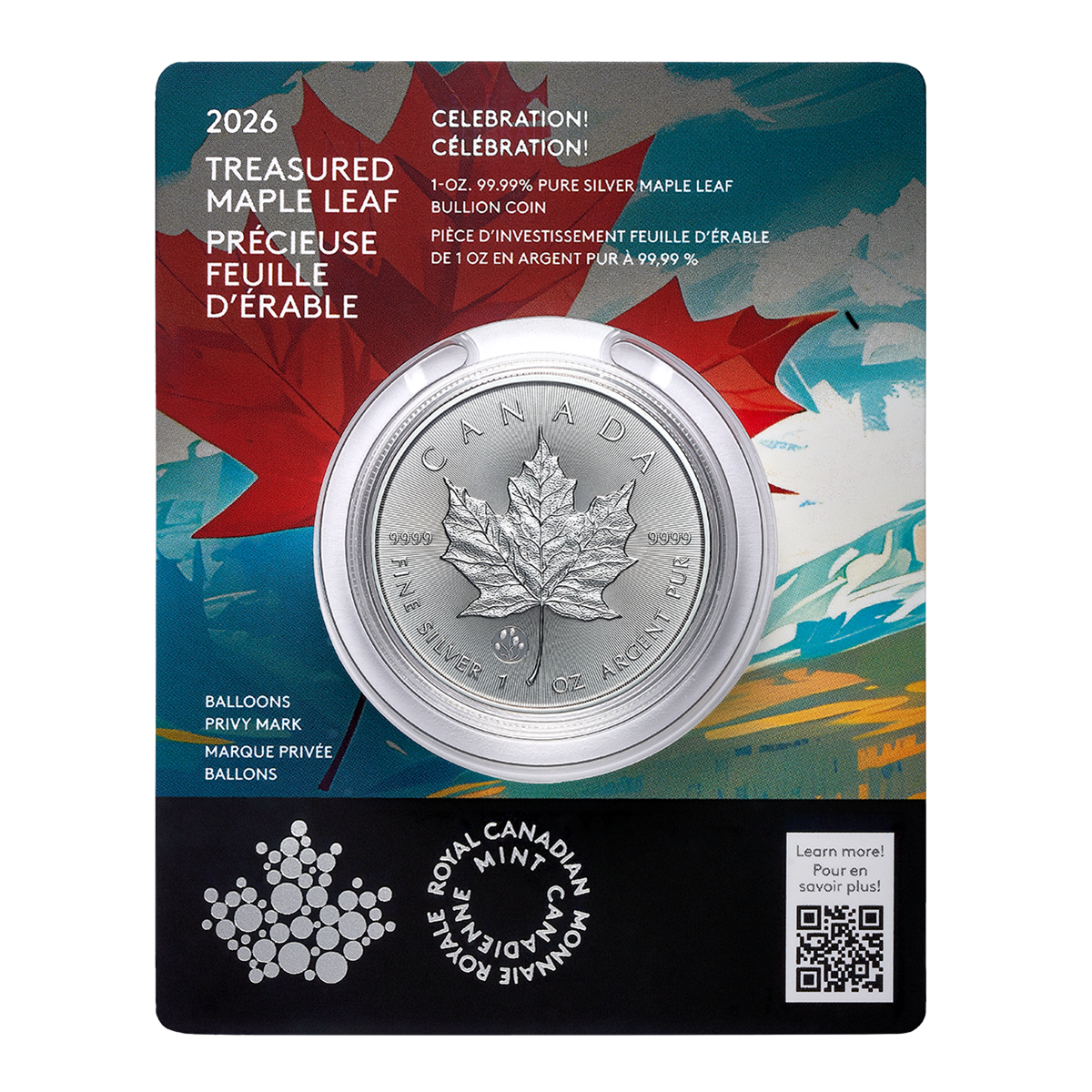
Give a lasting gift of the iconic Silver Maple Leaf bullion coin [More]
Free Shipping on Orders over $100 (CDN/USA)
or
From the U.K. Royal Mint
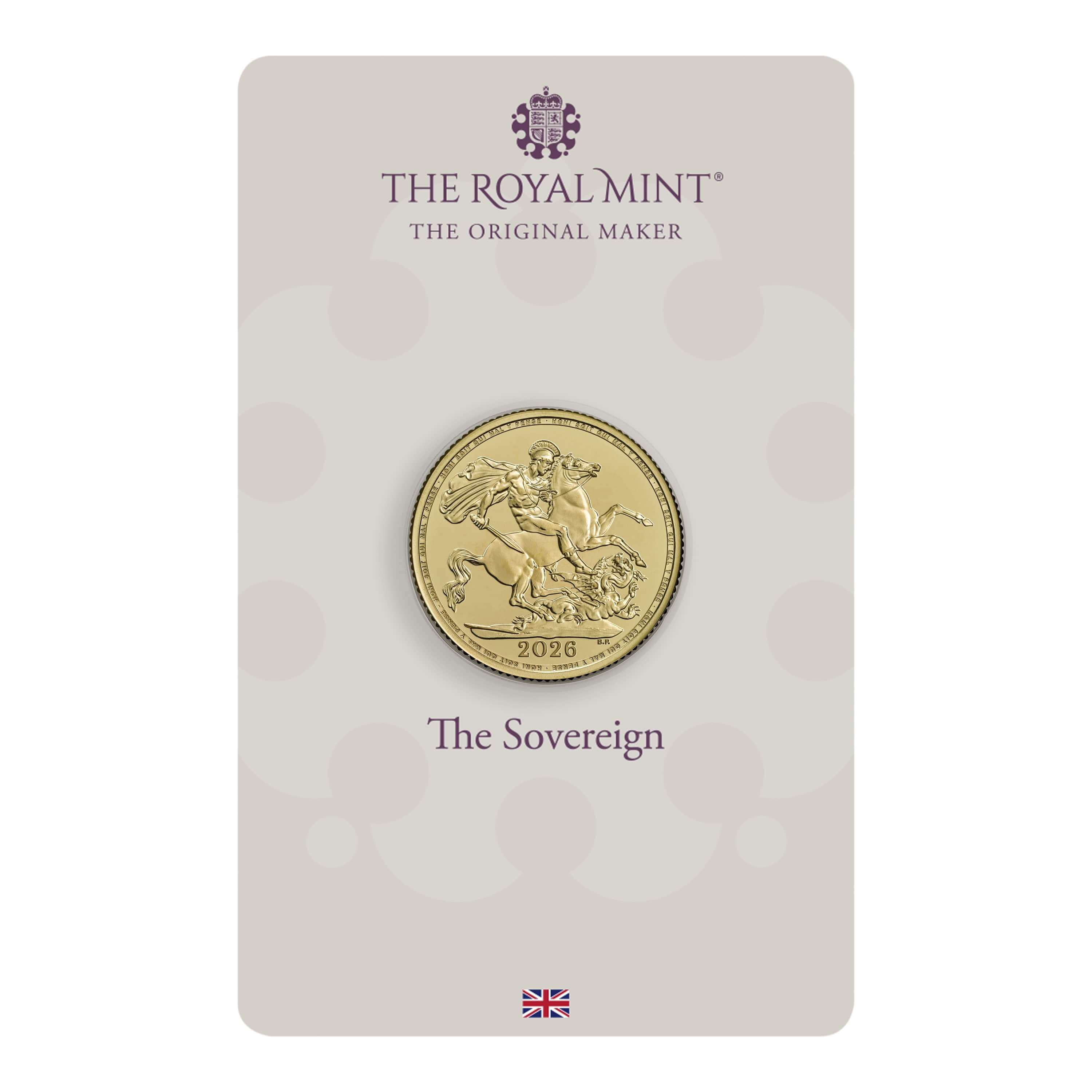

Daily
Newsletter
Updated Mintages for
American Gold Buffalo
American Gold Eagle
American Silver Eagle
2024 & 2025
Jerusalem of Gold Bullion
Coin photos
(bottom of page)
Mintages
for
2024
Gold & Silver Mexican Libertad
|
Gold Libertads |
Chinese Gold Coin Group Co.
& Chinese Bullion
Help Us Expand our Audience by forwarding our link
www.free-bullion-investment-guide.com.
Thank You!
Last Month's

In No Particular Order
November 2025
All Articles were Originally Posted on the Homepage

